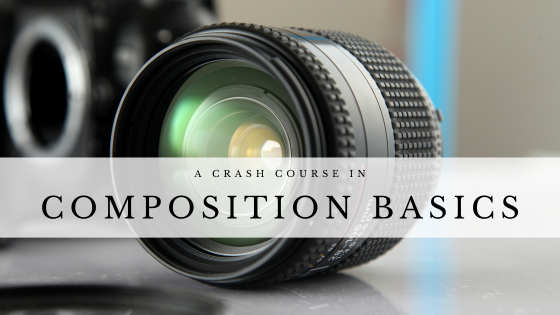Kirsten A. Harr Photography Blog
|
Some of the links on this website are affiliate links, which means that I may earn a commission if you click on the link or make a purchase using the link. When you make a purchase, the price you pay will be the same whether you use the affiliate link or go directly to the vendor's website using a non-affiliate link. By using the affiliate links, you are helping support Kirsten A. Harr Photography, and I genuinely appreciate your support.
|
|
Photography composition is the arrangement of elements within a photograph to create visually appealing and engaging images. Understanding and applying composition basics can significantly enhance your photography. Here are some fundamental composition principles to keep in mind:
1. Rule of Thirds: Divide your image into a 3x3 grid by placing two equally spaced horizontal lines and two equally spaced vertical lines. Position key elements along these lines or at their intersections. This adds balance and interest to your composition. 2. Leading Lines: Use lines in your scene—such as roads, rivers, or fences—to lead the viewer's eye toward the main subject or focal point of the image. Leading lines can add depth and guide the viewer's gaze through the photograph. 3. Framing: Utilize natural or architectural elements in the scene to frame your subject. This can create a sense of depth and focus the viewer's attention on the subject within the frame. 4. Symmetry and Balance: Symmetrical compositions involve mirroring elements on either side of the frame, creating a sense of balance and harmony. Asymmetrical compositions achieve balance by using different-sized elements that have equal visual weight. 5. Negative Space: Negative space is the empty area around the main subject. Including ample negative space can emphasize the subject and evoke emotions, as well as add a sense of simplicity and elegance to the composition. 6. Filling the Frame: Fill the frame with your subject to create a bold and impactful image. This eliminates distractions and highlights the subject's details. 7. Patterns and Repetition: Patterns and repetition of shapes, colors, or textures can add visual interest to your composition. Capturing patterns can create a sense of rhythm and order within the image. 8. Golden Ratio (Fibonacci Spiral): Similar to the rule of thirds, the golden ratio involves placing key elements at specific points along a spiral that originates from the center of the frame. This can lead to a visually pleasing composition with a natural flow. 9. Depth and Layering: Create depth in your composition by including elements in the foreground, middle ground, and background. This adds dimension and a sense of distance to your photograph. 10. Point of View and Angle: Experiment with different angles and points of view. Shooting from low angles, high angles, or unconventional perspectives can offer unique compositions that stand out. 11. Rule of Odds: Odd numbers of elements tend to create more visually pleasing compositions. Instead of placing two or four subjects, try using three or five. 12. Visual Weight: Larger, brighter, or more detailed elements carry more visual weight. Place the most important element in a position of prominence to draw the viewer's attention. 13. Color and Contrast: Use color contrasts, such as complementary colors, to make elements stand out. High-contrast scenes can add drama and impact to your composition. Remember that these composition principles are not strict rules but guidelines to help you create compelling photographs. As you become more experienced, you can experiment and even break these rules creatively to achieve unique results. Practice, observation, and constant learning are key to mastering composition in photography. Some additional resources to help develop your photography skills:
0 Comments
Leave a Reply. |
|
|
Hi there! I'm a portrait photographer currently based in Oahu, Hawaii. I specialize in family, pet & professional portraits. Thank you so much for coming to visit me here!
|
Some of the links on this website are affiliate links, which means that I may earn a commission if you click on the link or make a purchase using the link. When you make a purchase, the price you pay will be the same whether you use the affiliate link or go directly to the vendor's website using a non-affiliate link. By using the affiliate links, you are helping support Kirsten A. Harr Photography, and I genuinely appreciate your support.
|



